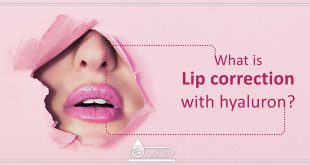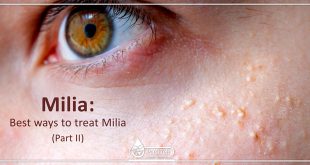Sunburn: In the previous article, we will look at some of the ways that help improve skin sunburn. In this article we will continue the same topic…
Wait until the treatment is complete
 Sunburns will get better after some days but the use of following strategies can make it easier for us to handle. It should be noted, however, that in severe sunburns, this can last up to three weeks. In severe burns, proper treatment can reduce the recovery time.
Sunburns will get better after some days but the use of following strategies can make it easier for us to handle. It should be noted, however, that in severe sunburns, this can last up to three weeks. In severe burns, proper treatment can reduce the recovery time.
Pain management
In more severe forms of burn, you can use a colic to reduce pain. The following are the types of medications available:
Ibuprofen
 This pill is an over-the-counter drug that can help reduce inflammation, redness and pain. Ibuprofen for sunburn is usually taken by adults at a dose of 400 mg every 6 hours for a short period of time. Follow the directions for use according to your doctor’s or manufacturer’s label. Children under 6 months of age should not take ibuprofen.
This pill is an over-the-counter drug that can help reduce inflammation, redness and pain. Ibuprofen for sunburn is usually taken by adults at a dose of 400 mg every 6 hours for a short period of time. Follow the directions for use according to your doctor’s or manufacturer’s label. Children under 6 months of age should not take ibuprofen.
Naproxen
This medicine is also a prescription. If ibuprofen does not work for you, your doctor may prescribe it.
Use apple vinegar to relieve pain
Acetic acid in vinegar reduces pain, itching and inflammation. Pour a cup of vinegar of apples in hot and wet baths. Alternatively, during the day, put cotton-impregnated cotton apple vinegar in painful areas of sunburn.
Understanding the danger of sunburn
Poisoning
 Poisoning is a term used to describe severe sunburn and reaction to UV rays (photodermite). If a burn is very painful, with fever, thirst, or fatigue, you should immediately visit a doctor.
Poisoning is a term used to describe severe sunburn and reaction to UV rays (photodermite). If a burn is very painful, with fever, thirst, or fatigue, you should immediately visit a doctor.
Also poisoning with sunburn may be symptoms of a more serious disease. It may be cause of a genetic sensitivity. In addition, it can be caused by a lack of niacin or vitamin B3.
Signs of routine sunburn and its treatment are described in this article and in the previous article, but severe symptoms requiring medical attention include:
– Very severe skin rash in the sun
– Rashes with visible blood vessels that can be accompanied by itching.
– Swelling, redness and severe pain
– Nausea, fever, headache and chills
So if you have these symptoms, visit your doctor as soon as possible…
 Parsi Teb Physical and Mental Health Journal
Parsi Teb Physical and Mental Health Journal 



